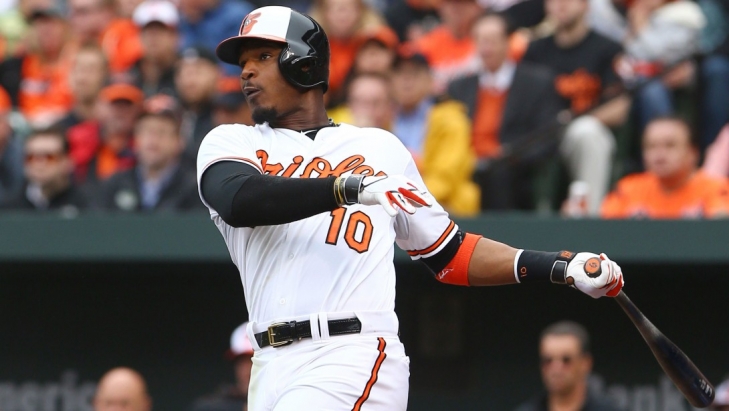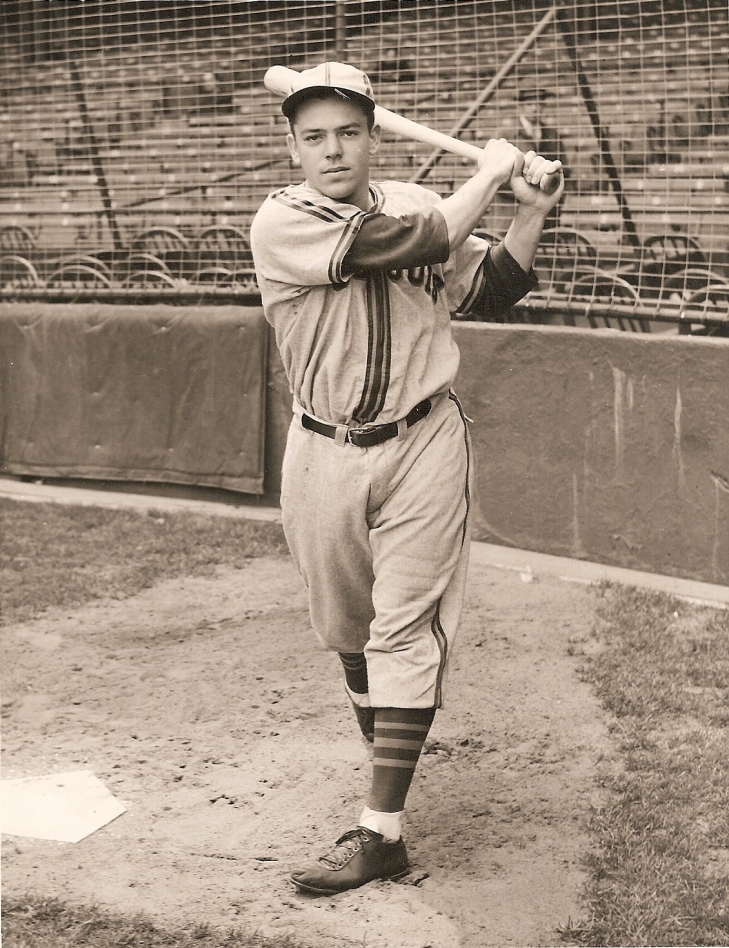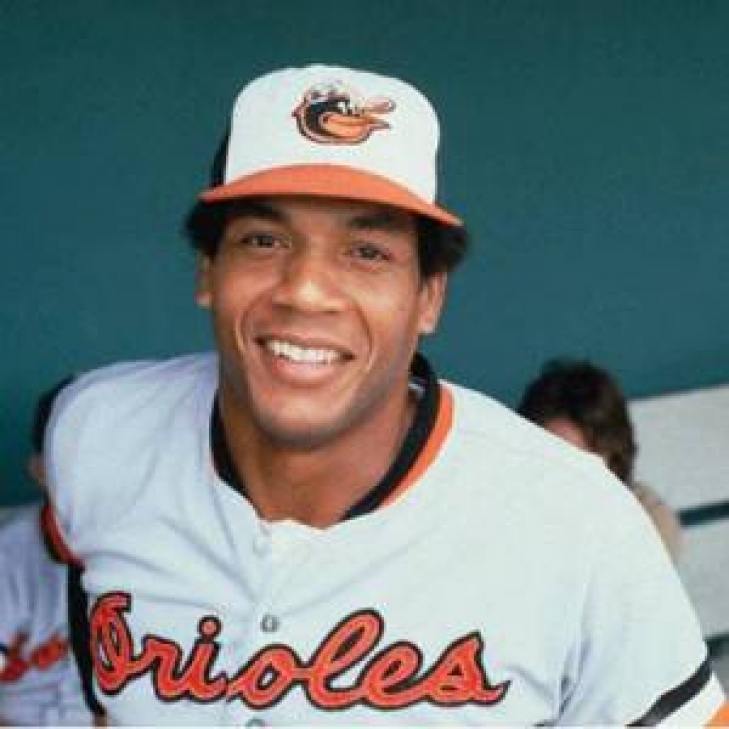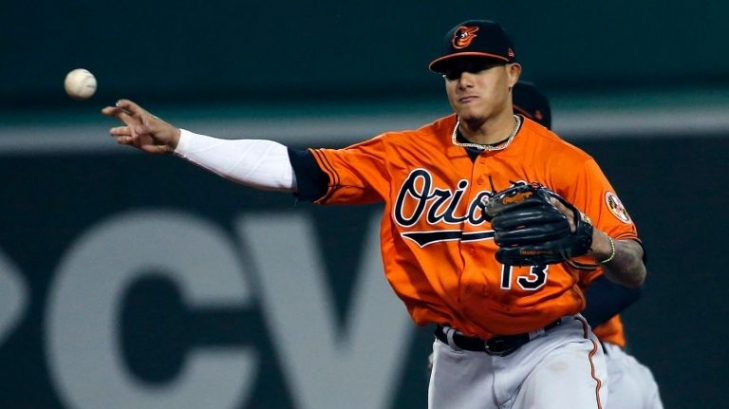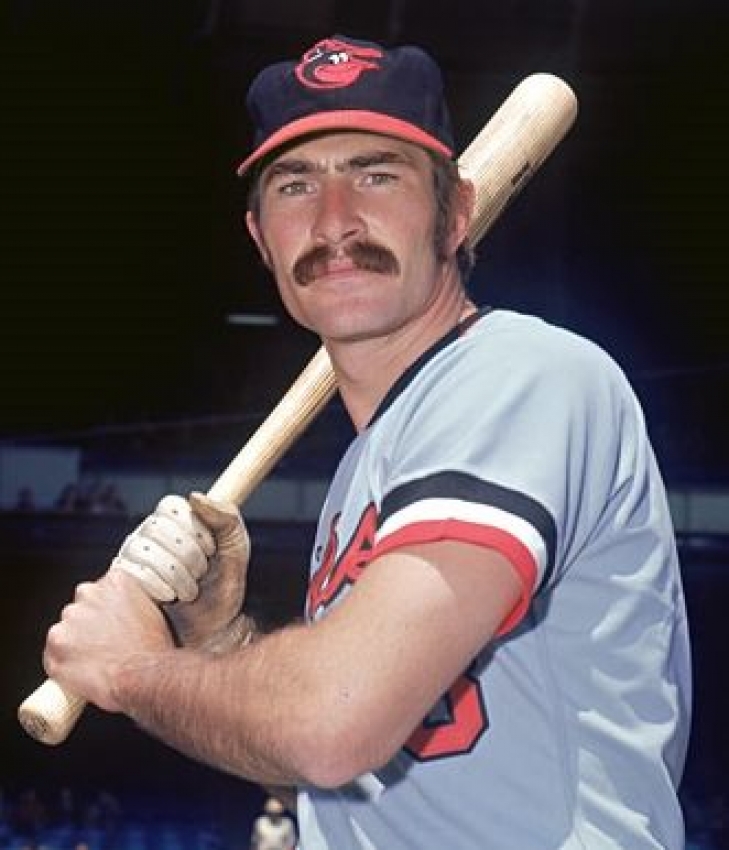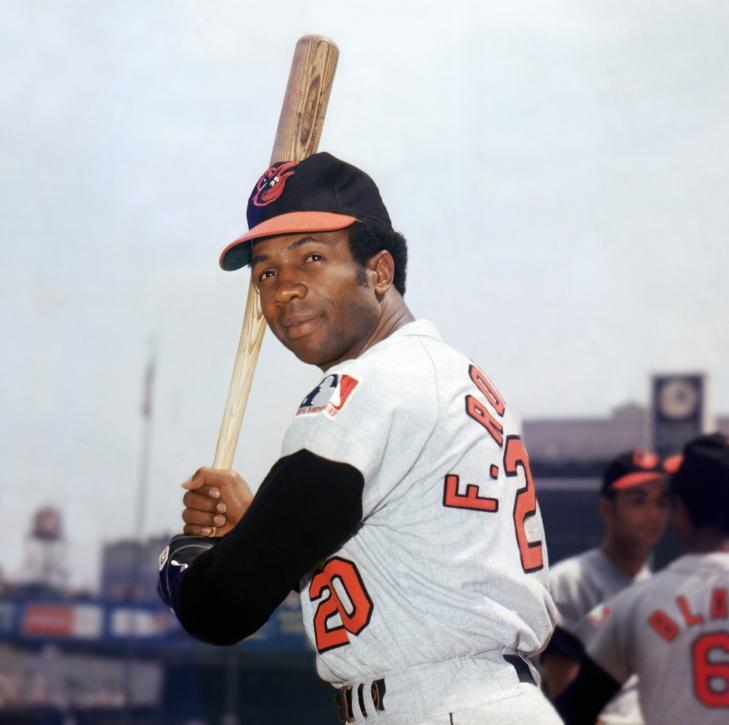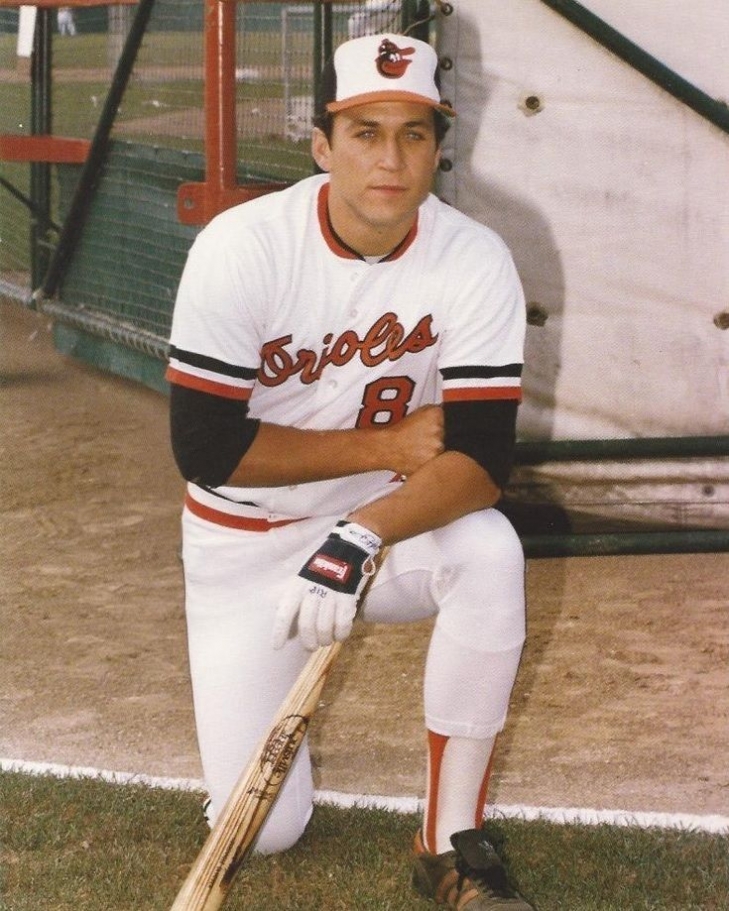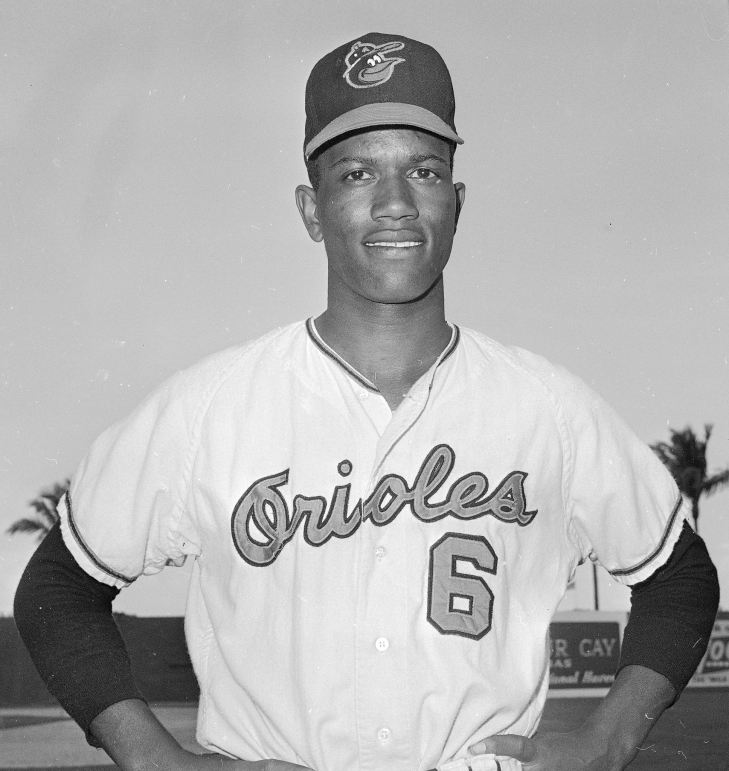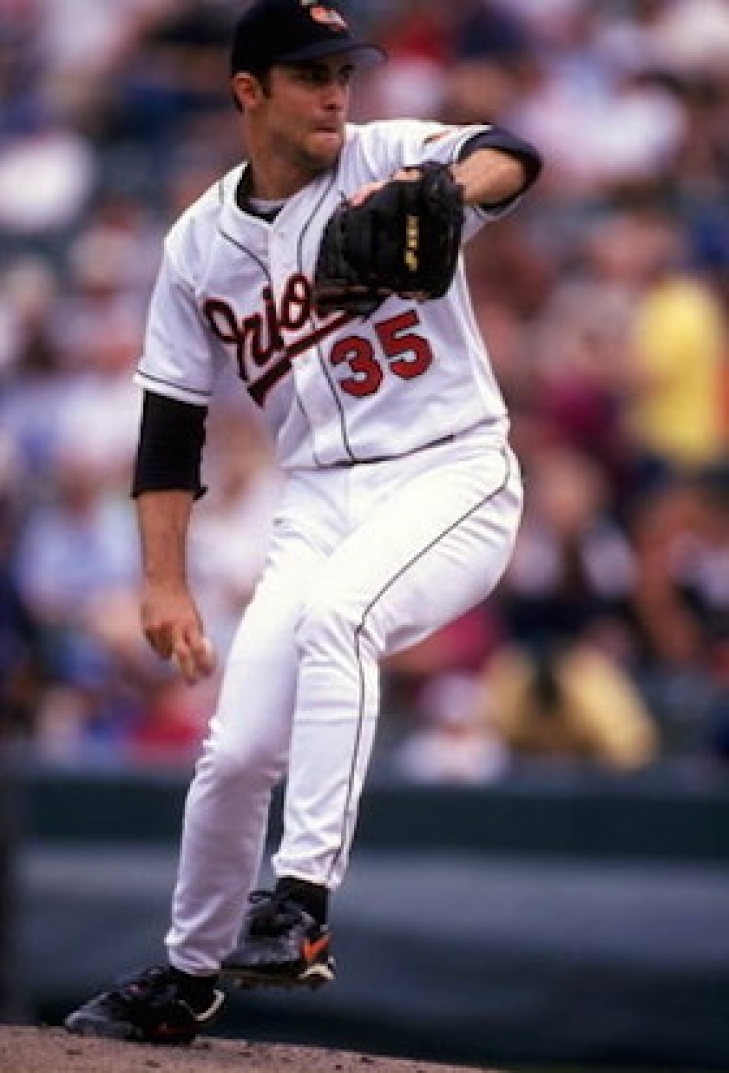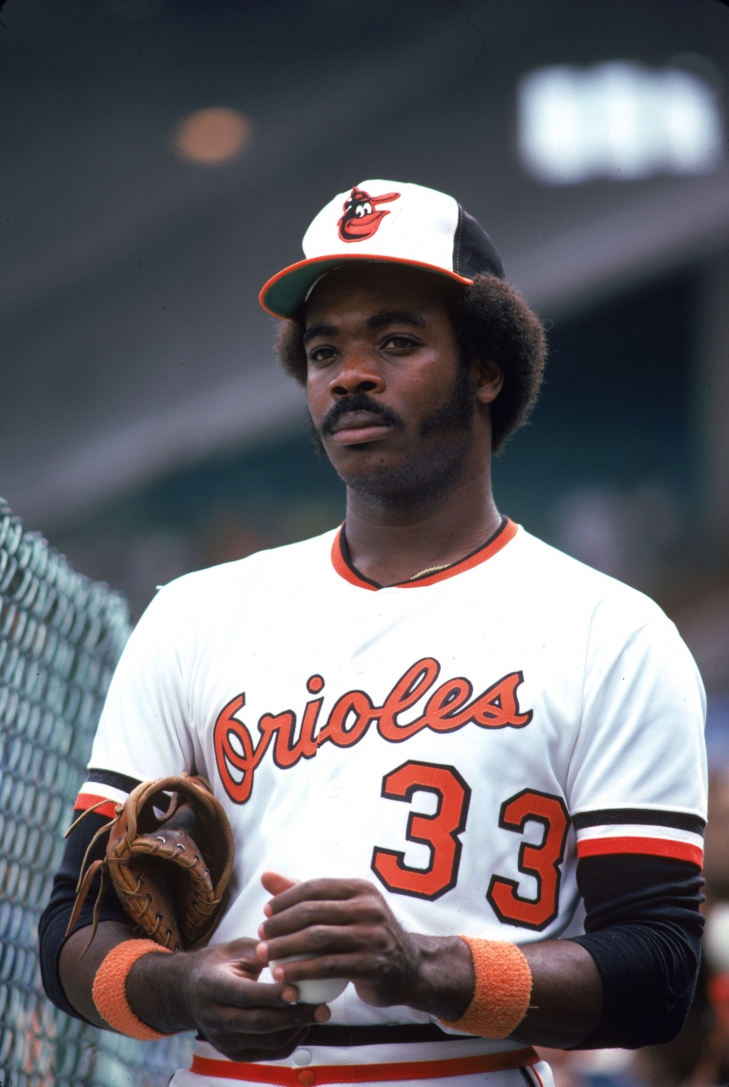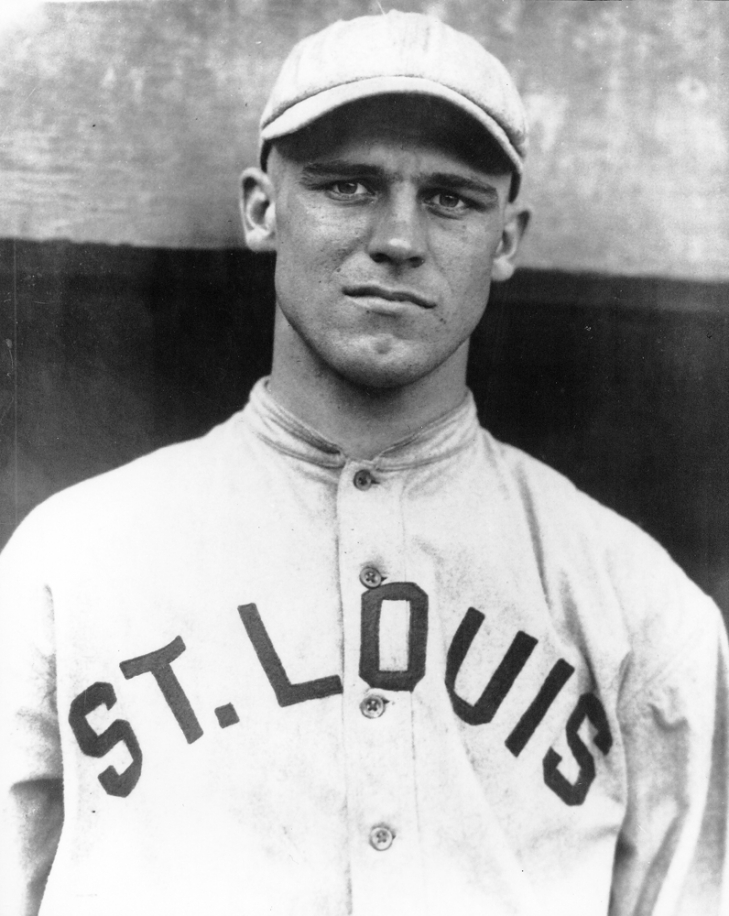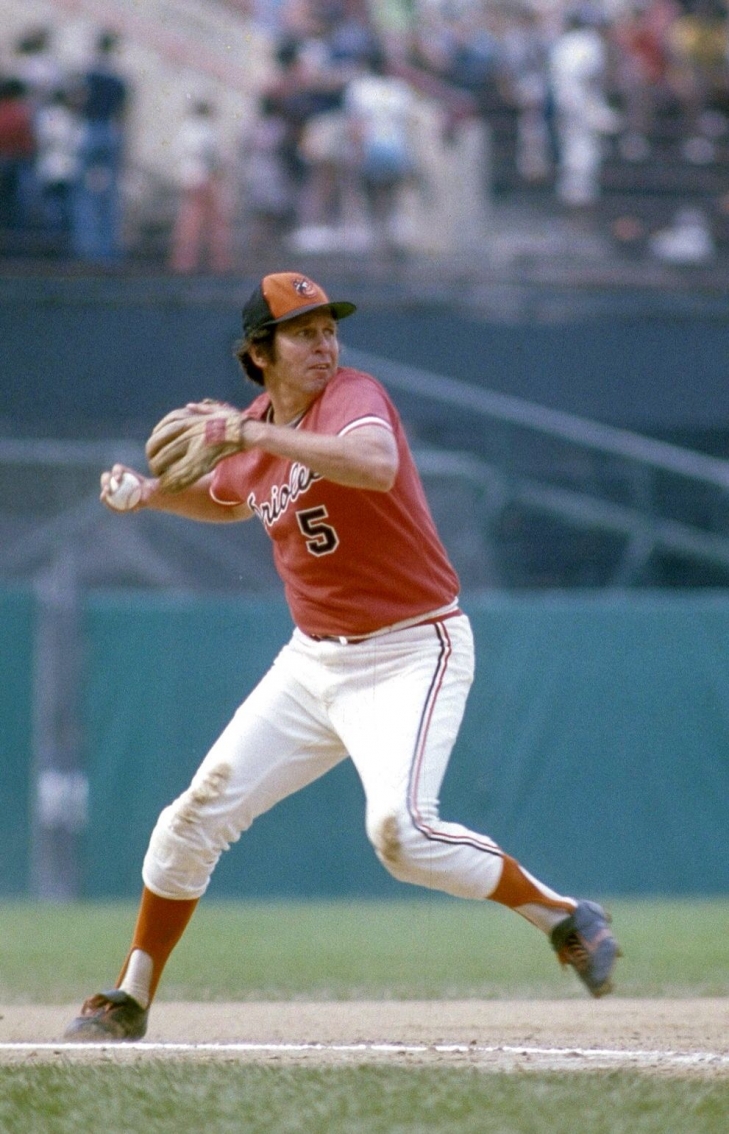16. Adam Jones
Adam Jones was one of five players traded by the Seattle Mariners for Canadian Pitcher, Erik Bedard, in the Winter of 2008. Had it just been straight-up Bedard for Jones, the Mariners still would have lost the trade.
21. Vern Stephens
Vern Stephens’ MLB career began with the St. Louis Browns when he debuted for the team in 1941. As many baseball players made their way to serve the military during World War II, Stephens was one of the players who were still in the Majors. His first full season was 1942, where he finished fourth in MVP voting, and he went to his first All-Star Game in 1943, which was his first of three as a Brown. Stephens showed good power numbers with three consecutive 20 Home Run seasons (1943-45), with a league-leading 24 in 1945, and he was also first in 1944 in RBIs with 109 in 1944. That season, he helped the Browns reach the World Series, albeit in a losing effort.
17. Ken Singleton
The Montreal Expos were the second team that Ken Singleton played for, which was where he established himself as a bona fide everyday baseball player. The Expos traded him (which they would regret) to Baltimore, and he would do even better playing in the state of Maryland.
41. Carl Weilman
A member of the St. Louis Browns for his entire career, Carl Weilman was unique for his time as a 6’ 5” Pitcher. Nowadays, hurlers his size are commonplace but in the 1910s he was a curiosity. He was also a good Pitcher.
22. Manny Machado
Drafted 3rd Overall in 2010, Manny Machado made his Major League Debut with the Baltimore Orioles in 2012 as a mid-season callup. Machado played 51 Games that year but was the full-time Third Baseman the year after where he was one of the best defensive players of the year. The Dominican-American won the Gold Glove, Platinum Glove, and the Wilson Defensive Player Award while leading the American League in Defensive bWAR. Offensively, he led the AL in Doubles (51), and he went to the All-Star Game.
14. Harlond Clift
Playing at Third Base, Harlond Clift debuted in the Majors for the Browns in 1934, and he had a nice rookie year with 14 Home Runs and a .260 Batting Average. He did lead the American League in Strikeouts, however, but unlike many baseball players who have done so, he was able to reduce that part of his game, and would swat at flies less and draw free passes more.
26. George Stone
George Stone finally found a home in the Majors at age 28, and with the St. Louis Browns, he would have a 187 Hit year (which led the American League) in 1905 as a rookie. Stone exploded in 1906, sweeping the Slash Line (.358/.417/.501) with 208 Hits. As the Browns did not receive that much attention then (and now in a historical context), Stone's accomplishments have not celebrated, but he remained a competent player until 1910.
19. Bobby Grich
The favorite of many sabremetricians, Bobby Grich, is known more for his latter stay with the California Angels, but he cut his teeth initially with the Baltimore Orioles.
7. Frank Robinson
Before the 1966 season, Frank Robinson was traded to Baltimore from the Cincinnati Reds. With Cincinnati, Robinson was a Rookie of the Year, MVP, and had five 30 Home Run seasons. Despite this success, the Reds owner, Bill DeWitt, engineered trading him to Baltimore for Jack Baldschun, Milt Pappas, and Dick Simpson. DeWitt defended his decision, calling Robinson an "old 30." The legendary outfielder would respond with the greatest season of his career and put the Orioles on the map for good.
1. Cal Ripken Jr.
The selection of Cal Ropken Jr. at the top was straightforward.
Cal Ripken Jr. is without question the greatest Baltimore Oriole ever, and also one of the best baseball players that existed.
13. Paul Blair
Paul Blair is another one of the great defensive gems that the Orioles had in the 1960s and 1970s, and he patrolled the Centerfield position at an elite level for years.
11. Ken Williams
Ken Williams' contract was purchased from Portland of the Pacific Coast League in June of 1917, but he was drafted into the military in early 1918, so it was not until 1919 where he played 65 Games with a .300 Batting Average. That wasn't bad, but e a breakout season the year after was about to come.
9. Boog Powell
Boog Powell was one of the power men of the great Orioles teams of the late 60s and early 70s, and when you are named Boog, how can you not be a fan favorite?
6. Mike Mussina
Mike Mussina played his first ten years in baseball (1991-00) with the Baltimore Orioles, and by his second season, the former USC Trojan was one of the better Pitchers in the American League.
4. Eddie Murray
It takes a special kind of player to hit 3,000 Hits and 500 Home Runs over a career. Eddie Murray was just that.
5. George Sisler
At one time, we are going to do the greatest players of defunct/relocated teams. When we get to the St. Louis Browns, it will be without question, George Sisler. As the Browns relocated to Baltimore to become the Orioles, Sisler has his spot here, and we will have quite a few players on this list that never played professionally in Baltimore.
2. Brooks Robinson
Signed as an amateur free agent in 1955, Brooks Robinson debuted that year in Baltimore as an 18-year old. It was clear from the beginning that he was a wizard with the glove, but it took him some time to develop his hitting game. In 1960, he did that, and throughout the decade and beyond, he was considered the best Third Baseman in the game.
3. Jim Palmer
Playing his entire Major League career with the Baltimore Orioles, Jim Palmer overcame a lot of early arm trouble to become one of the best hurlers in the 1970s.
18. Dave McNally
Dave McNally debuted at 19 for Baltimore in 1962, and he would spend the next few years as a mid-level starter and helped Baltimore win the 1966 World Series. From 1968 to 1971, McNally was a three-time All-Star, and he would never have less than 20 Wins, and he led the American League in that stat with 24. That year, he again won a World Series Ring as the Orioles won it all. In 1970 he finished second in Cy Young voting, and he was fourth the year before and after. McNally had two more 16 Win Seasons for Baltimore.
10. Bobby Wallace
After eight seasons as a professional baseball player, Bobby Wallace jumped from the St. Louis Cardinals of the National League to the St. Louis Browns of the American League. The jump happened in 1902, and Wallace could very well be the best defensive Shortstop of the first decade of the American League's existence.


